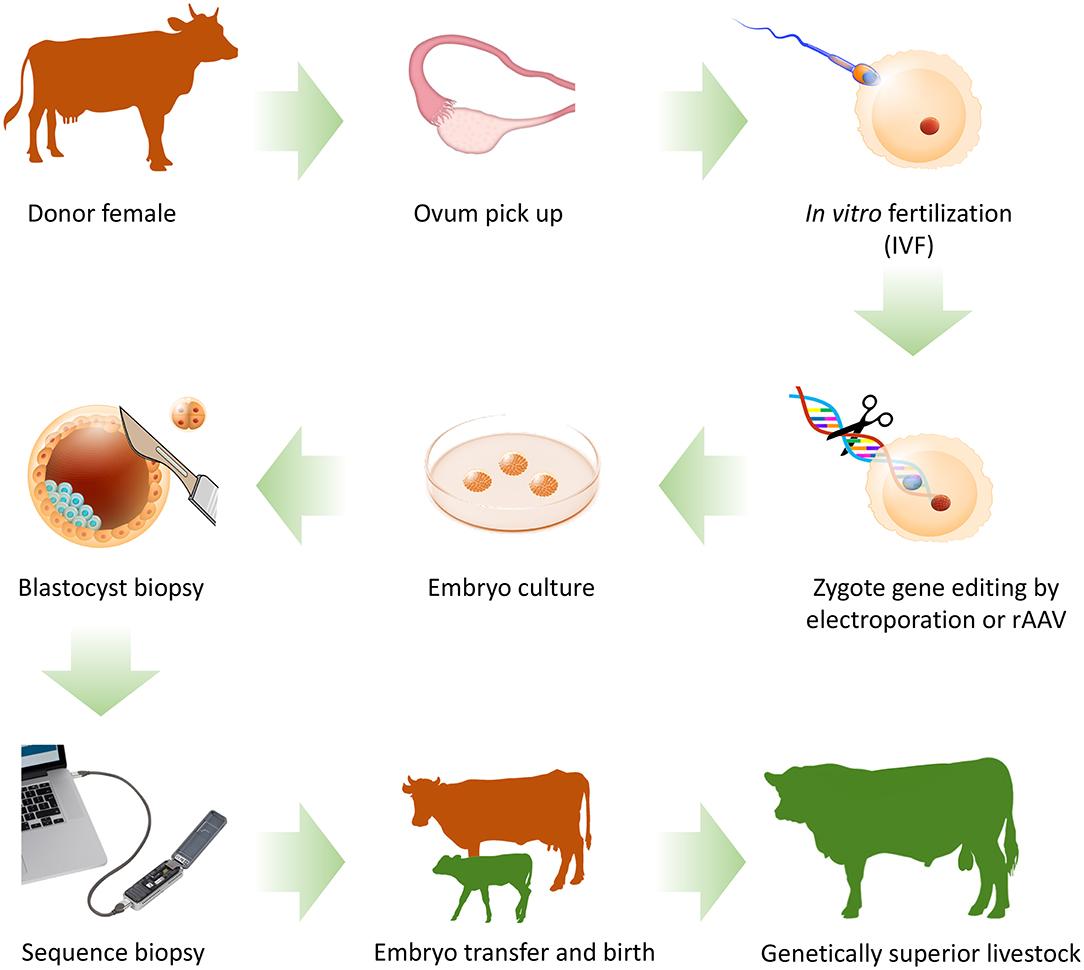
Gene Editing in Pets: Balancing Benefits and Ethical Dilemmas
In recent years, gene editing has transitioned from the realm of science fiction into the hands of researchers, unleashing a wave of possibilities that extend even to our beloved pets.Imagine a world where genetic diseases can be eliminated before a puppy takes its frist steps, or where hypoallergenic cats bring relief to allergy sufferers. The promises of gene editing in pets are tantalizing, offering the possibility of healthier, happier animals tailored to our needs and lifestyles. However, as we stand at this exciting crossroads, we find ourselves grappling wiht a complex web of ethical dilemmas that challenge our notions of nature, obligation, and companionship. In this article, we will explore the dual-edged sword of gene editing in pets, delving into the remarkable benefits it brings while questioning the moral implications that accompany such profound scientific advancements. As we navigate this uncharted territory, the hope is to strike a balance between innovation and ethics, ensuring that our furry friends thrive in a world where science and compassion converge.
Table of Contents
- Exploring the Science Behind Gene Editing in Companion Animals
- Unpacking the Advantages of Gene Modification for Pet Health
- Navigating ethical Considerations in Genetic Alterations
- Establishing Guidelines for Responsible Gene Editing Practices in Pets
- Concluding Remarks
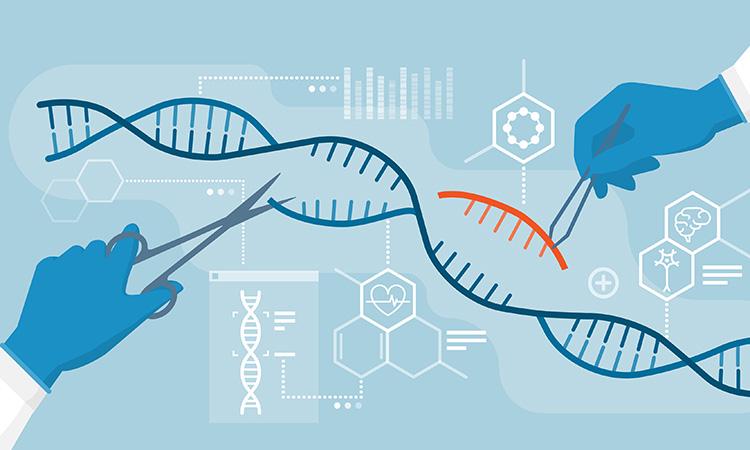
Exploring the Science Behind Gene Editing in Companion animals
The science of gene editing, particularly through techniques like CRISPR-Cas9, opens up engaging possibilities for enhancing the health and quality of life of companion animals. This technology enables scientists to precisely alter the genes of pets, allowing for potential advances in disease resistance, longevity, and even the reduction of genetic disorders.As a notable example, researchers are actively exploring gene editing to combat hereditary conditions such as hip dysplasia in dogs or certain hereditary cancers in cats. The ability to introduce beneficial genes or eliminate those linked to specific ailments marks a important shift in veterinary medicine, fostering a deeper understanding of genetic contributions to animal health.
Though, the implications of gene editing extend far beyond scientific advancements, stirring profound ethical concerns. Pet owners, researchers, and ethicists are engaged in lively debates surrounding the morality of genetic modification in animals. Key considerations include:
- Welfare of the animal: Does gene editing prioritize improving the well-being of pets over tampering with their natural genetics?
- Unintended consequences: What are the potential risks of unforeseen side effects from gene alterations?
- Regulatory oversight: How shoudl governments and organizations regulate gene editing practices to ensure ethical standards?
The intersection of innovation and ethics in gene editing showcases the necessity of establishing a balanced approach that prioritizes both scientific progress and the fundamental rights of companion animals.
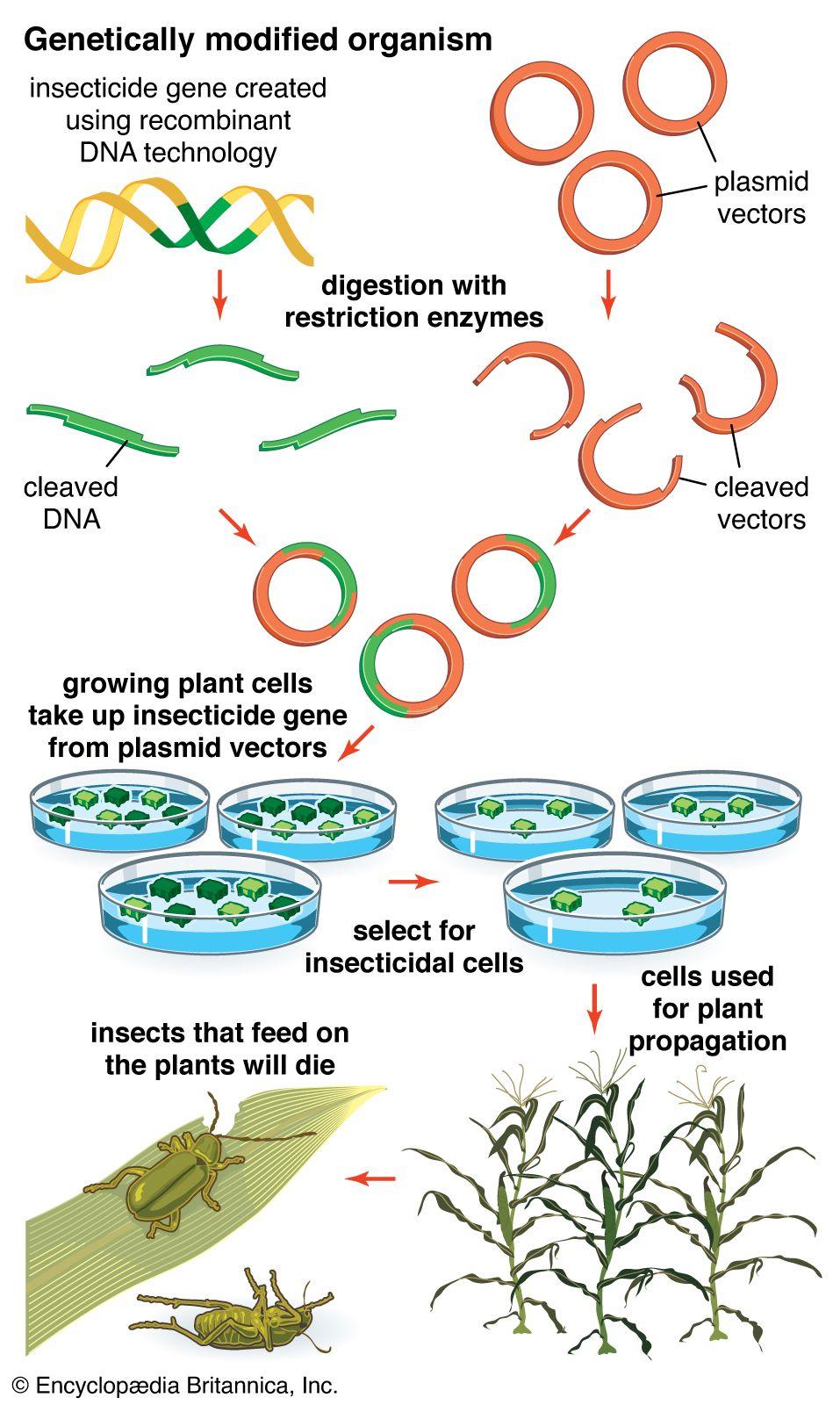
Unpacking the Advantages of Gene Modification for Pet Health
Gene modification holds the promise of revolutionizing pet health care, offering a plethora of advantages that extend well beyond the boundaries of conventional veterinary medicine. One of the most significant benefits is the potential to eliminate hereditary diseases prevalent in specific breeds, enhancing the quality of life for pets. By targeting the genes responsible for conditions such as hip dysplasia or certain cancers, gene editing could lead to:
- Improved Longevity: By reducing or eradicating genetic predispositions to diseases, pets may enjoy longer, healthier lives.
- Cost-effective Treatments: Preventing genetic diseases can substantially lower veterinary costs associated with managing chronic conditions.
- Customized Health Solutions: Tailored genetic interventions can ensure that treatment plans are specific to the individual pet’s genetic makeup.
Moreover, gene editing provides a pathway for advancing breeding practices, which can definitely help maintain genetic diversity within pet populations. This approach can assist in producing stronger, more resilient animals by carefully managing genetic traits. Table 1 illustrates the potential evolution of health standards in modified breeds compared to traditional breeding methods:
| Breeding Method | Health Risks | Potential Benefits |
|---|---|---|
| Traditional Breeding | Increased risk of hereditary diseases | Variety of traits, breed characteristics |
| Gene Editing | Reduced hereditary diseases | Optimized health, longevity |
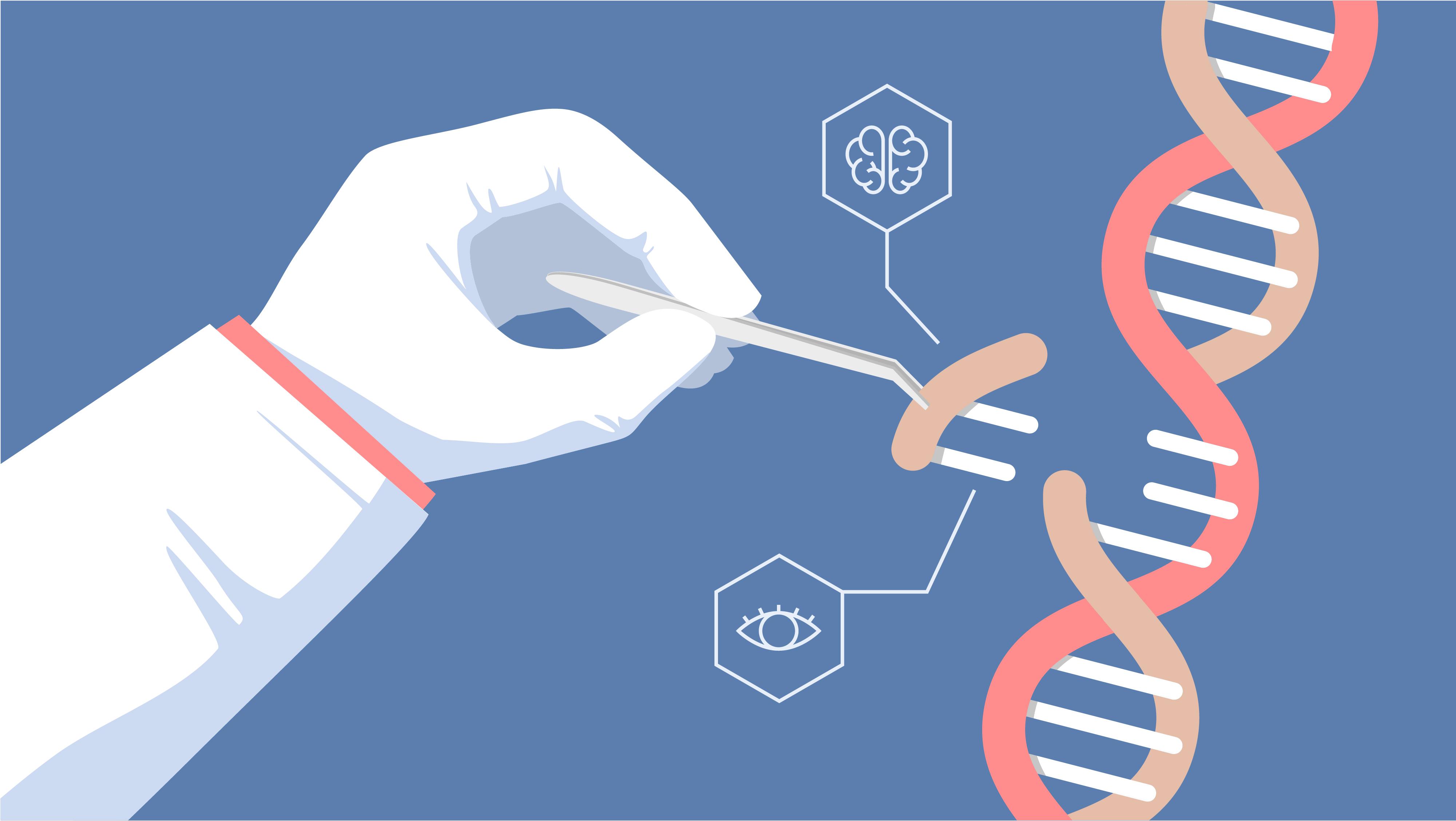
Navigating Ethical Considerations in Genetic Alterations
As the frontier of genetic modifications expands, especially concerning our beloved pets, an intricate web of ethical dilemmas emerges. Should pet owners possess the right to modify their pets for traits such as reduced shedding or enhanced intelligence? This question ignites debates that resonate with the complexities of animal welfare, individual rights, and societal norms. On one hand, the prospective benefits, including improved health outcomes and increased pet longevity, paint a hopeful future. On the other, they beg an significant inquiry: What mechanisms are in place to prevent misuse, and who governs the ethical boundaries of gene editing?
To explore these considerations further, it is vital to weigh both potential advantages and ethical concerns that gene editing in pets introduces:
- Health improvements: Genetic modifications could target hereditary diseases.
- Behavioral modifications: Traits can be edited to promote more sociable and calm pets.
- Welfare implications: Ethical questions arise about consent and agency in altering a sentient being.
- Environmental impacts: Potential ecological consequences of altering domestic species could disrupt natural balances.
Moreover, surveying the public perception of gene editing in pets highlights a spectrum of attitudes, which can be presented as follows:
| Response | Percentage of Respondents |
|---|---|
| Supportive | 45% |
| neutral | 30% |
| opposed | 25% |
This snapshot illustrates the division among pet owners regarding genetic advances, emphasizing the need for continued dialog and reflection as we navigate these uncharted ethical waters.
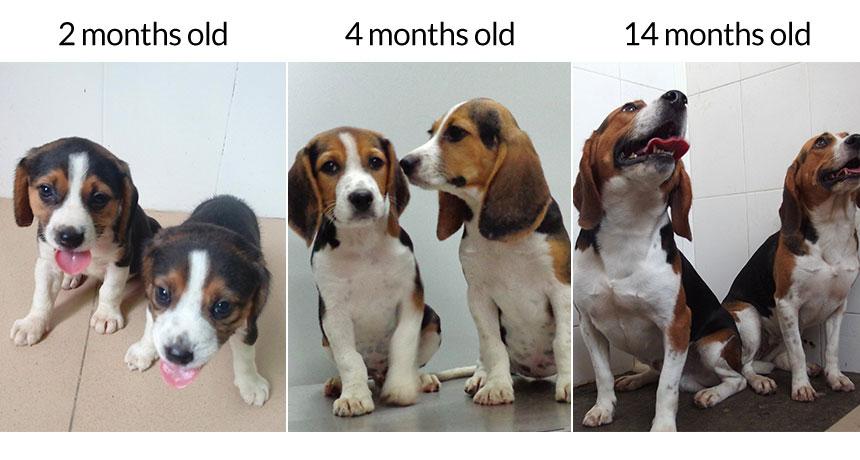
Establishing Guidelines for Responsible Gene Editing Practices in Pets
as the frontier of gene editing for pets continues to expand, it is essential to establish comprehensive guidelines that prioritize both animal welfare and scientific integrity. These guidelines should encompass not only the technical aspects of gene editing but also the ethical implications of manipulating an animal’s genetic makeup. Some key considerations include:
- Animal Welfare: Ensure that any gene editing practice enhances the quality of life for pets and minimizes potential suffering.
- Clarity: Involve pet owners, veterinarians, and bioethicists in the decision-making process, fostering open discussions about the intended outcomes and risks.
- Regulatory Oversight: Advocate for the establishment of regulatory bodies that can monitor gene editing practices and enforce compliance with ethical standards.
- Research and Development: Promote studies that assess the long-term effects of gene editing on pets to better inform practices and policies.
In addition to these considerations,a framework should be developed to evaluate the implications of gene editing on biodiversity and breed integrity. A possible framework might include a table that outlines acceptable practices, potential benefits, and associated risks:
| Practice | Potential Benefits | Associated Risks |
|---|---|---|
| Selective Breeding Using Gene Editing | Improved health and reduced genetic diseases | Loss of genetic diversity |
| Deletion of Genetic Disorders | Enhanced lifespan and well-being | Unknown long-term effects |
| Enhancing Traits (e.g., coat color) | Increased aesthetic appeal to pet owners | Ethical concerns over the superficial changes |
Establishing such guidelines will not only promote responsible practices in the field of gene editing for pets but also foster a culture of ethical consideration that respects the lives of these animals while allowing science to flourish responsibly.
Concluding Remarks
the advent of gene editing in pets opens a fascinating yet complex chapter in the narrative of human-animal relationships.While the potential benefits—ranging from enhanced health to tailored traits—are undeniably alluring, they sit alongside a host of ethical dilemmas that demand careful consideration. As we navigate this brave new world, it is indeed imperative to strike a balance between innovation and responsibility, ensuring that our pursuit of scientific advancement does not compromise the welfare and dignity of our beloved companions. As pet owners, scientists, and policymakers collaboratively shape the future of gene editing, let us remain vigilant stewards of both progress and ethics, fostering a harmonious coexistence that honors the essence of our pets while embracing the possibilities of tomorrow. The journey has only just begun, and with thoughtful dialogue and responsible action, we can cultivate a future where both pets and their humans thrive together, in health and happiness.





